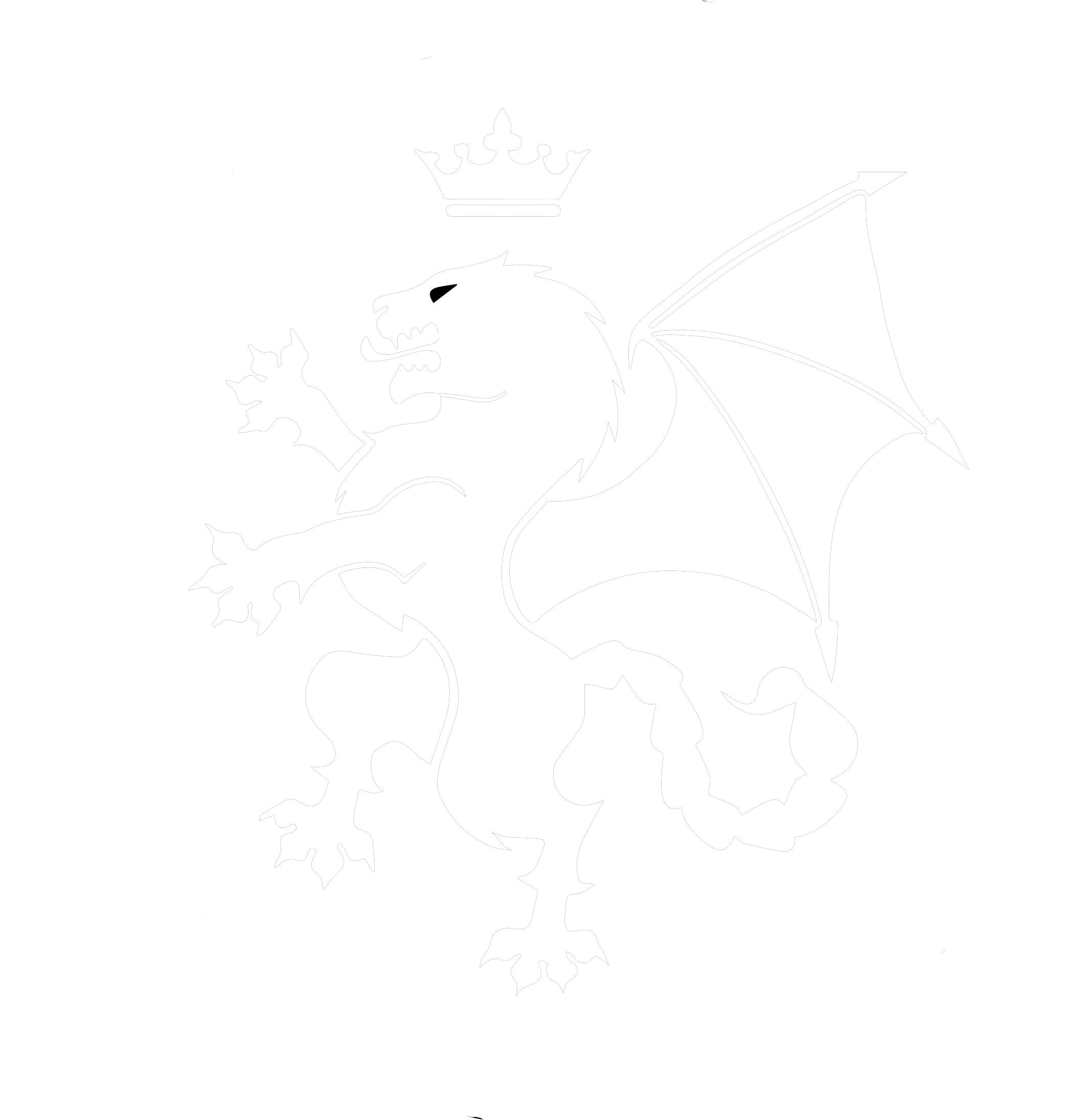Juleigh Howard-Hobson
Everyone has heard at least something about Frey and Freya, the twin children of the Norse Sea god Njord, who left the world of the Vanir (earth/magic based pantheon) and joined the Aesir (divine/spirit based pantheon), marking the end of hostilities between Vanaheim and Asgard. Considered the Lord and Lady (which is what their names mean), they are quite well-known, as Norse deities go. With the exception of Thor, they are the most popular offspring of the Northern Gods. Indeed, more of Freya’s myths have come down to us than any other female deities have.
So much less familiar are the children of the Norse Lord of the Seas, Aegir, who with his wife Ran, rules the seas and all the creatures in them. Not Norse gods, as they are not members of the Aesir or the Vanir, and not giants as many people think they are, Aegir and Ran are much older personages, omnipotent and divine in their own rights. Aegir’s name means ocean, while Ran’s means robber—these two complement each other, Aegir usually grants sailors safe passage upon his waters while Ran ‘robs’ ships with a vast net, pulling drowned men down into the murky depths by way of ‘Aegir’s Wide Jaws’.
Aegir and Ran have a son, who is often not mentioned, and when he is, he is simply known as the wind, as well as nine daughters. These daughters are called the Wave Maidens, or the Billow Maidens. Beautiful willowy girls with blue eyes and long blonde hair, they are typically dressed in white robes. They are willful and temperamental creatures who love to play on the surface of the water, much like mythical mermaids, draping themselves in sea green veils and calling to sailors while waving their long white arms. Often breaking up into sets of three and circling ships that they take a liking to, they can make sure that the ocean stays calm and that the ship reaches its destination safely and surely. They sometimes get their brother, the wind, to help in these matters, while other times, particularly if they feel offended, they will rage and bring down storms and gales upon a hapless ship, drowning all hands aboard just like their mother would. (To this day, tossing coins in the ocean is a way to win their favor, gold coins being the best.)
Each one of these daughters’ names is a kenning (poetical metaphor) for a specific attribute of ocean waves: Himinglæva (a wave transparent enough that you may see the heavens through it), Dúfa (the pitching action of waves), Blódughadda (“bloody head”—bloodied waves made through sea or shore battle, although some say it could refer to algae), Hefring (waves that rise from the surface), Udr (frothing waves—typically at the sea shore), Hrönn (welling waves— rip tides etc.), Bylgja (billowing waves), Dröfn ( long curling sea waves, known now as combers), and lastly, Kólga (cold icy waves).
Legend has it that while walking along the seashore, Odin saw these lovely Billow Maidens sleeping on the sand. He fell in love with them all. And, in the mystical ways of the Gods, between these nine ladies and himself, the god Heimdallr was conceived and duly born.
Besides being responsible for guarding Bifrost, the rainbow bridge that connects the world of the Gods with our world, Heimdallr is renowned as being the ancestor of humanity itself. Norse myth tells us that Heimdallr fathered the three social classes of man (peasants / Thrall, farmers and craftsmen / Karl, nobility / Earl). And, with Heimdallr comes the most interesting merging of science with mythology:
Science theorizes that our origins may lie in the briny sea. By way of this son of the Wave Maidens, Norse Myth tells us it absolutely does.

